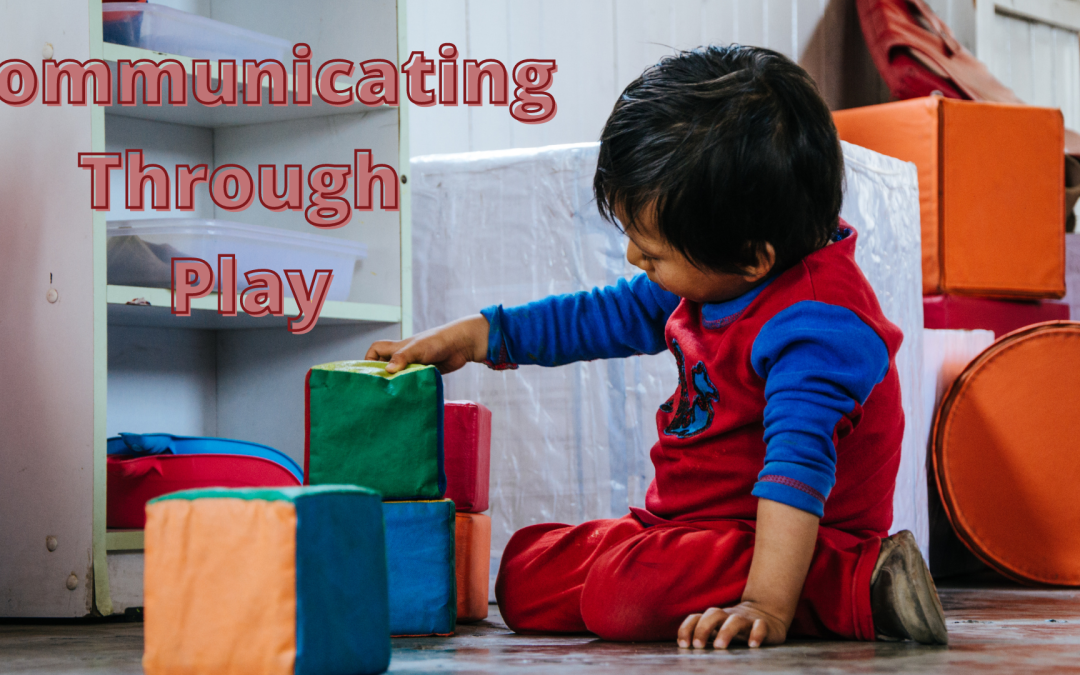In the world of a child, toys are the equivalent of words and playing is their language. If you’ve ever struggled to understand or communicate with your child, you are not alone. Children speak an entirely different language through play, and it is important that we meet them in this magical place of fairies and ninja warriors, so that we can communicate on a level that they will respond to and understand. Since birth, children are observing and integrating new knowledge from those around them. Rather than expressing themselves through words like we might, they use toys that help them communicate what they feel on the inside. Fortunately, play is not an entirely new language for parents to learn, but rather, to become re-acquainted with.
As a mental health therapist in training, I have seen how powerful the use of play can be for a young child struggling with emotional regulation and expression. Children use play to safely express their emotions. Like adults who might seek solace in close friends or a therapist, children gravitate towards expressive arts, building blocks, dolls, and more. Pay attention to the messages that underlie your kid’s behavior during play and listen to their “words.” The next time you have something important to talk about with your child, try playing a game with them while you communicate.
As children get older, they will begin to integrate words into their play. Learning a new way of communicating their feelings can be daunting. Even adults struggle to communicate their emotions! These tools are especially helpful during this growing stage. You might notice that adolescents are hesitant to talk about sensitive subjects, but as soon as they’re coloring or using playdough, they speak more comfortably. If a child is struggling to verbalize their feelings, give them a blank sheet of paper and ask them to color. Encouraging your children to express their emotions through play promotes mental wellness and healthy coping skills for their future.
Hannah Shevitz
